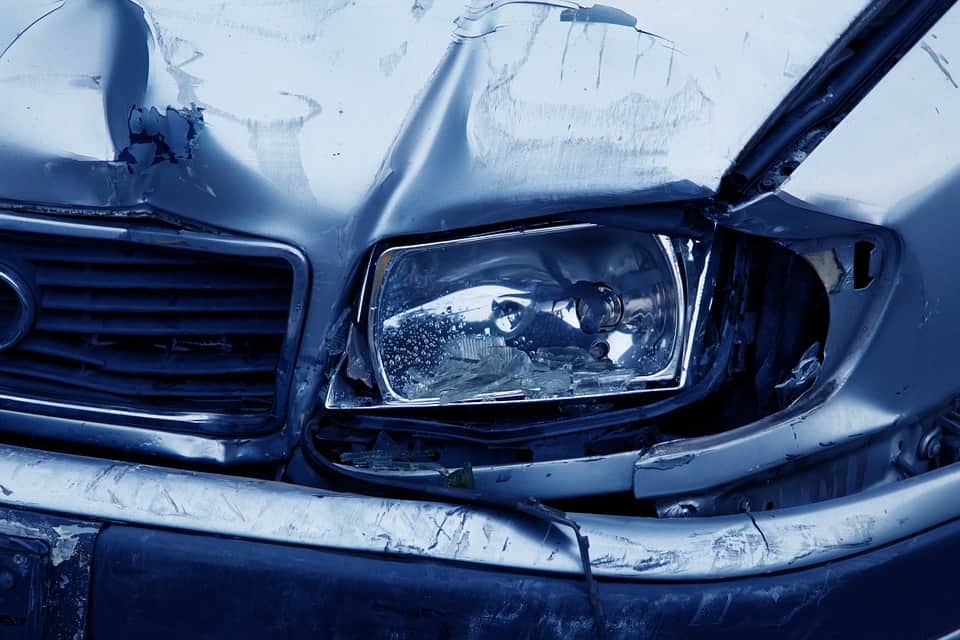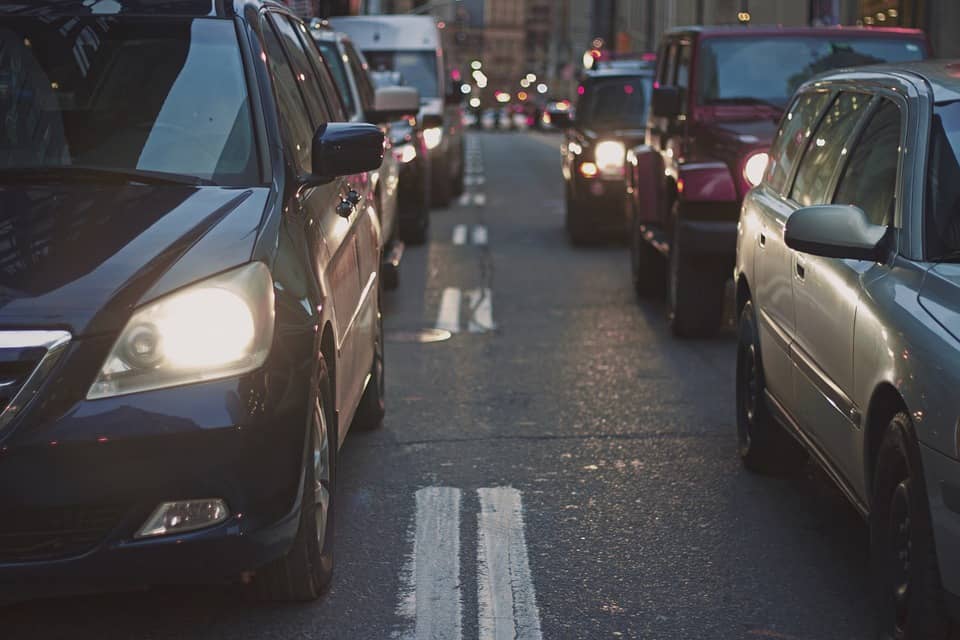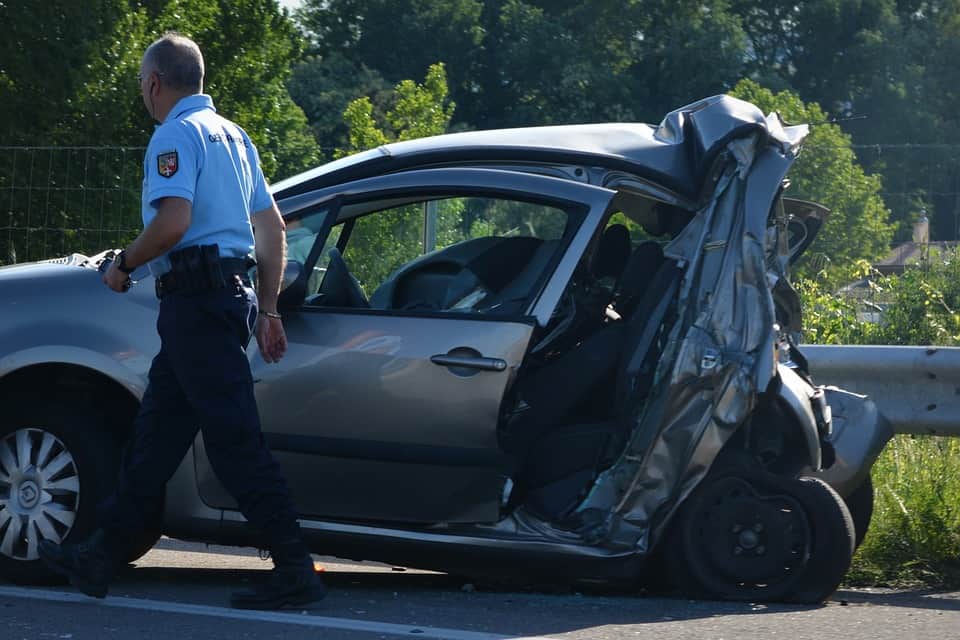Car owners are encouraged to get insurance for their vehicles so that, in an unlikely event such as an accident or theft, the insurance company will cover most, if not all, of the expenses that the owner would otherwise have to pay himself. This saves car owners money, time, and energy.
Picture this scenario: You are in a three-car collision in a major highway. Your car got sandwiched in the middle of two other cars, so your bumper and trunk are badly damaged. Luckily, no one is injured. All drivers step out of their cars. Your driver takes photos in his smartphone while another driver calls the police to investigate what happened.
It seems that while in traffic, the car behind you didn’t brake in time, and crashed into you, while your car crashed into the car in front of you. It was a domino effect.
The first thing that drivers and passengers need to do is to stay calm at all times. No one wants any more accidents occurring after this event. If you’re the owner of the car, immediately call your insurance company and calmly tell them what happened. Provide them the time and location of the accident, as well as the other parties involved.
You’ll be brought to the nearest police station so that all parties can file a police report affidavit, which details who is at fault and how the cars were damaged. The process can take a while, but after a few hours of talking to the police and the other car owners who were in their respective vehicles, you all make deals to let your insurance companies settle this.

You again call your car insurance company and ask them how to claim your insurance. Over the phone, your account manager will tell you to submit the following:
- Copy of the Policy and Official Receipt of Premium Payment—This is proof that you paid for your policy so that you can claim your insurance.
- Police Report Affidavit—Details of how your car was damaged and who was primarily at fault.
- Photos—Print out or show through your smartphone the photos of the situation, the damaged parts of your car, and the cars and faces of other parties involved. Make sure that all license plates are visible in your photos.
- Photocopies of your driver’s license, receipt of your driver’s license, vehicle registration, and the official receipt of your vehicle registration. These should be within your person or at least inside the car at all times.
- Insurance claim form from the insurer—this is a legal written declaration of the accident. Many insurance companies have general forms for this.
- Repair estimate—the cost of damages covered by a comprehensive car insurance

Claiming your car insurance varies from company to company, but many processes are almost always the same. Remember to always to document the accident or any event, and be prepared with the necessary documents to ensure that unnecessary expenses are covered.

